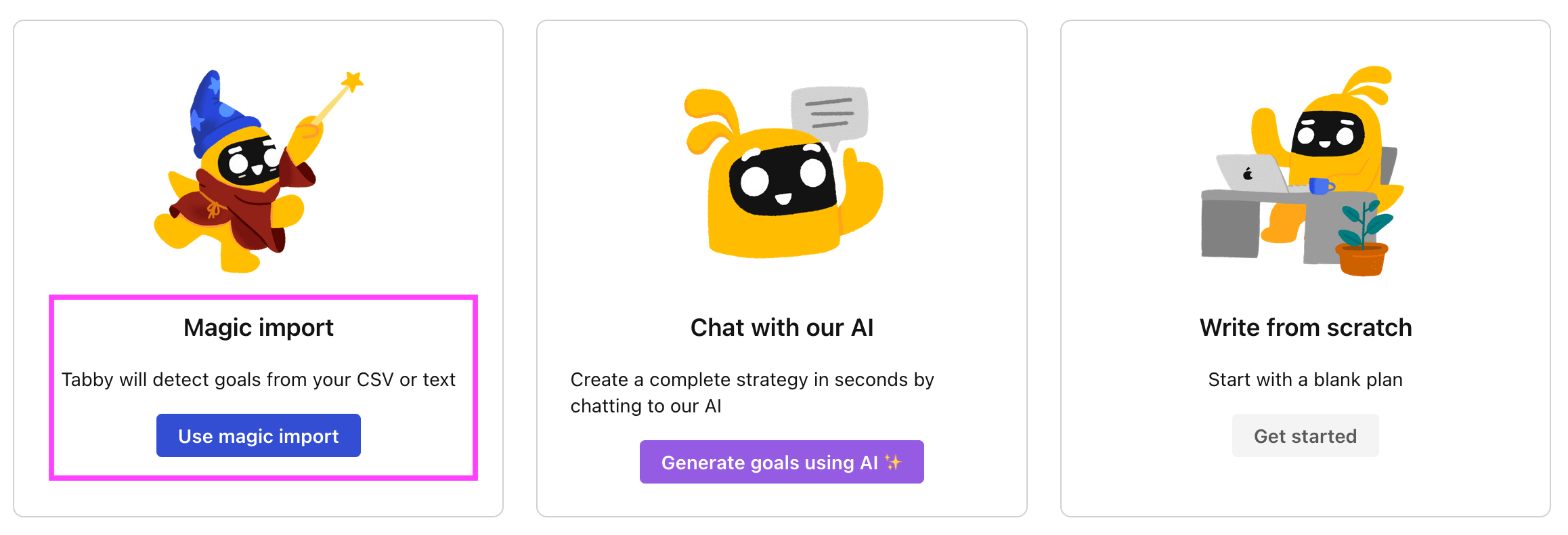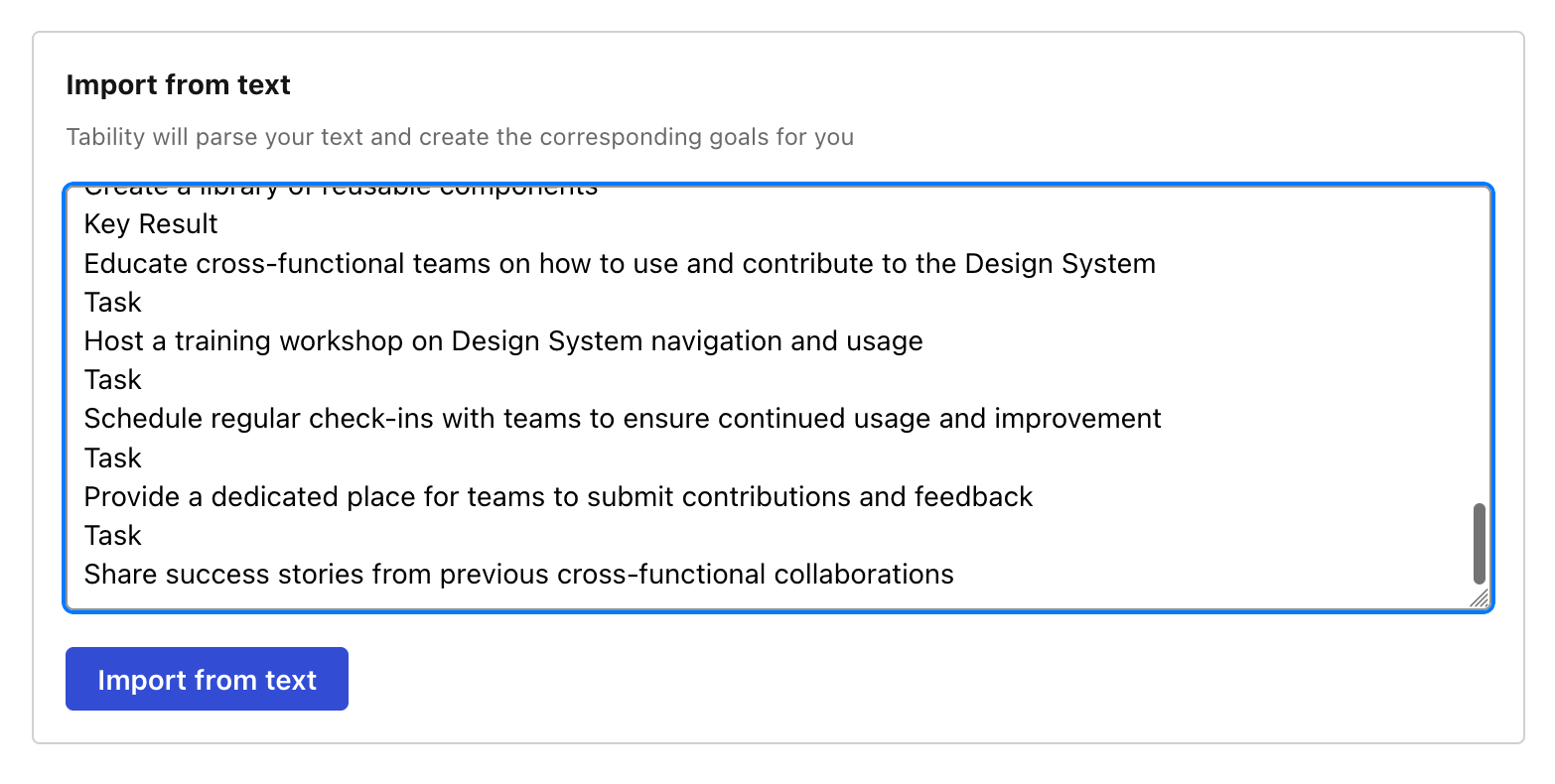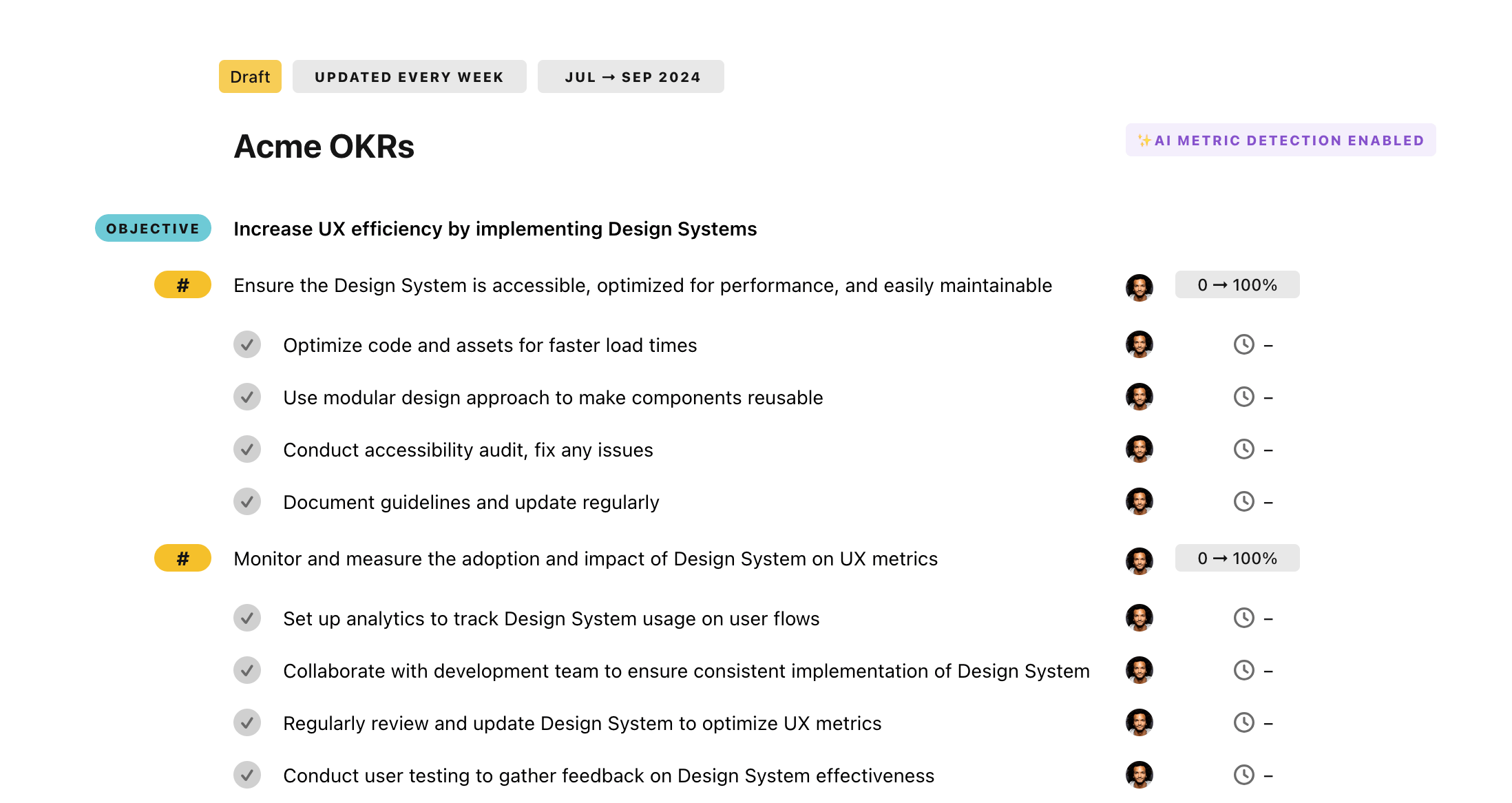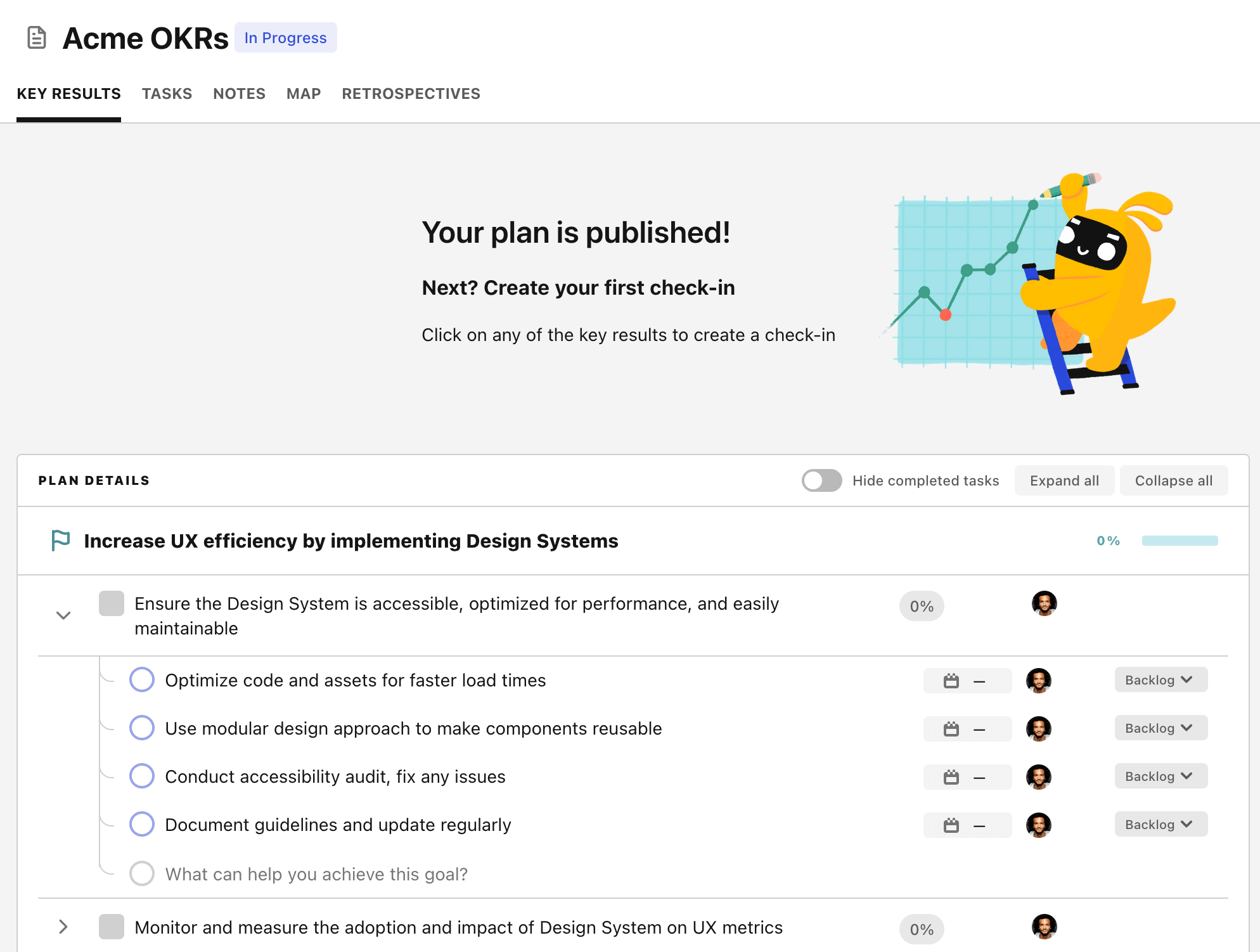OKR template to streamline Order Entry Process
Your OKR template
Secondly, this OKR hopes to achieve proficiency among the order entry team in using the new system. To accomplish this, the OKR includes initiatives to assess worker proficiency, offer necessary support, and establishes comprehensive training sessions on the new software.
The third and final element of the OKR is to reduce the average order entry time by 25%. The initiatives outlined to meet this objective involve monitoring and improving existing processes, introducing user-friendly order-entry software, and training staff in efficient data-entry methods.
The overarching goal of this OKR is to optimize the order entry process, simplifying and speeding up operations while minimizing the scope for manual errors.
ObjectiveStreamline Order Entry Process
KRImplement automated order entry software to reduce manual errors by 30%
Train staff on new software use
Evaluate different automated order entry systems
Select and purchase suitable software
KRTrain 100% of order entry team to proficiently use the new system
Assess proficiency and address gaps in knowledge
Monitor staff progress and provide necessary support
Establish comprehensive training sessions on the new system
KRDecrease average order entry time by 25%
Monitor and streamline existing processes
Implement intuitive order-entry software
Train staff with efficient data-entry methods
How to edit and track OKRs with Tability
You'll probably want to edit the examples in this post, and Tability is the perfect tool for it.
Tability is an AI-powered platform that helps teams set better goals, monitor execution, and get help to achieve their objectives faster.
With Tability you can:
- Use AI to draft a complete set of OKRs in seconds
- Connect your OKRs and team goals to your project
- Automate reporting with integrations and built-in dashboard
Instead of having to copy the content of the OKR examples in a doc or spreadsheet, you can use Tability’s magic importer to start using any of the examples in this page.
The import process can be done in seconds, allowing you to edit OKRs directly in a platform that knows how to manage and track goals.
Step 1. Sign up for a free Tability account
Go tohttps://tability.app/signup and create your account (it's free!)
Step 2. Create a plan
Follow the steps after your onboarding to create your first plan, you should get to a page that looks like the picture below.

Step 3. Use the magic importer
Click on Use magic import to open up the Magic Import modal.
Now, go back to the OKR examples, and click on Copy on the example that you’d like to use.

Paste the content in the text import section. Don’t worry about the formatting, Tability’s AI will be able to parse it!

Now, just click on Import from text and let the magic happen.

Once your example is in the plan editor, you will be able to:
- Edit the objectives, key results, and tasks
- Click on the target 0 → 100% to set better target
- Use the tips and the AI to refine your goals
Step 4. Publish your plan
Once you’re done editing, you can publish your plan to switch to the goal-tracking mode.

From there you will have access to all the features that will help you and your team save hours with OKR reporting.
- 10+ built-in dashboards to visualise progress on your goals
- Weekly reminders, data connectors, and smart notifications
- 9 views to map OKRs to strategic projects
- Strategy map to align teams at scale